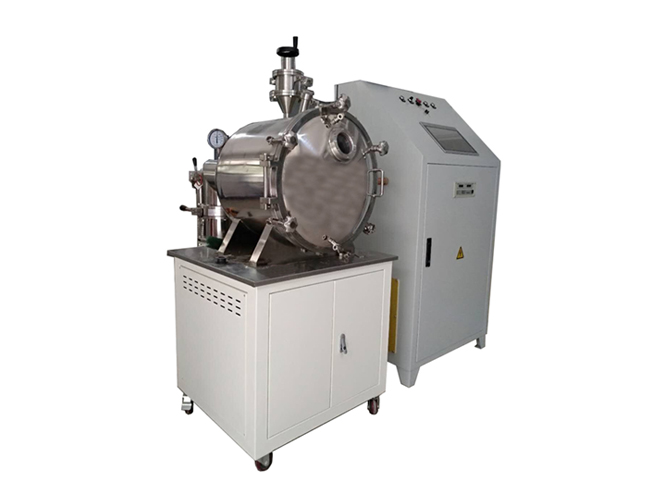Product Description:
This furnace adopts a vertical structure, which facilitates loading and performing functions such as temperature measurement, sampling, and alloy element addition without disrupting the vacuum in the melting chamber during the metal smelting process. At the same time, inert gas can be injected to control the pressure and atmosphere within the furnace. The furnace employs a water-cooled converging flexible cable rotating electrode structure, offering advantages such as energy saving and durability. The medium frequency power supply is an IGBT frequency conversion device. The layout of the complete set of equipment is convenient for operation, maintenance, and overhaul, with a compact structure, which is essential for vacuum induction furnaces used in modern production and scientific research experiments.
Main Components:
1. Furnace Cover
2. Furnace Body
3. Vacuum System (Mechanical Pump, Vacuum Valve, and Connecting Pipes)
4. Alloy Charging Hopper
5. Induction Heating Device (Induction Coil)
6. Power Input Rotating Shaft (Rotating Axis)
7. Water-Cooled Converging Busbar
8. Medium Frequency Power Supply (Including Capacitor, Medium Frequency Transformer)
Furnace Body:
The vacuum chamber consists of the furnace body and cover.The furnace cover opens horizontally by flipping. Both the furnace body and cover have double-walled structures with water cooling; the inner walls are made of 304 stainless steel and finely polished over a large area, facilitating the removal of condensed water vapor and adherent dirt during smelting.
The furnace cover is equipped with auxiliary material feeding devices, observation windows, etc.
The auxiliary material feeding device on the furnace cover allows for the addition of alloy materials during smelting. It includes an alloy feeding box and a feeding hopper. The pre-added alloy materials are loaded into the feeding box before vacuum pumping. Under vacuum conditions, the materials are dropped into the feeding hopper through a vacuum-sealed handle and then fed into the crucible through the hopper. The observation window is equipped with heat-resistant quartz glass; below the glass, there is a movable stainless steel baffle. By turning the handle, the position of the stainless steel plate can be adjusted to ensure a clear view, protecting against high-temperature metal glare and facilitating observation of the metallurgical conditions within the crucible.
The furnace body is equipped with a coaxial rotating electrode (rotating axis). The structure uses concentric copper tubes as the inner and outer electrodes, supported within a stainless steel sealing sleeve. The outer electrode is formed by welding two tubes together to create a water jacket. The space between the two electrode tubes is insulated with epoxy resin, and the conductive copper tube is cooled with water. The rotating axis is connected to the power supply through a flexible cable and a water-cooled converging busbar. The pouring and tilting handle is connected to the rotating electrode through an insulating device, driving the crucible within the connected induction coil to tilt for pouring.
The induction coil is internally cooled with water and made of wound copper tubes. It is connected to the end of the coaxial rotating electrode, and the crucible is rammed and sintered within the coil.
Vacuum System:
Vacuum Pump: To meet user process requirements, a 2X-30 mechanical pump is provided. The pump's outlet can be connected to the factory's exhaust duct.
Valves: The vacuum valve is a GI-50 vacuum butterfly valve; a DYC-Q50 electromagnetic vacuum differential pressure release valve is installed at the mechanical pump's suction port.
A vacuum gauge is a device used to measure vacuum levels. The equipment is equipped with both a pressure vacuum gauge (installed on the vacuum pipeline connected to the furnace body) and a thermocouple vacuum gauge. The vacuum gauge tube is installed on the pipeline connecting the furnace body's exhaust port to the GI-50 vacuum butterfly valve to measure the vacuum level in the melting chamber.
The water-cooled converging busbar is used to connect the medium frequency power supply to the furnace's electrodes.
Medium Frequency Power Supply:
The medium frequency power supply is a static frequency conversion device that uses silicon components and IGBT modules to convert a three-phase AC power supply into a single-phase medium frequency power supply.
The induction power supply controller produced by our company uses uncontrolled rectification technology. Compared to other fully controlled rectification technologies, it offers advantages such as high power factor (>0.95) and low grid pollution. It features both constant current and constant power control modes, ensuring the controller always operates in effective power output mode and fully utilizes the input power supply. It is suitable for applications requiring frequent startups or long-term operation. The controller uses a human-machine control interface with communication functionality, utilizing the ModBus RTU protocol and RS-485 connection to remotely read and write controller parameters and operating status via communication.
Working Principle:
The heating element of the SG series vacuum induction melting furnace is a spiral tube-type induction coil installed on the coaxial rotating electrode within the vacuum chamber. When medium frequency current is input, it generates an alternating magnetic field, causing the metal charge in the crucible within the coil to produce an induced electromotive force due to being in the alternating magnetic field. This induces a current in the charge that is opposite in direction to the instantaneous current in the induction coil. This eddy current flows on the metal surface, forming a current layer with a high current density, generating a strong thermal effect. Under the action of Joule heating, the metal charge is heated until it melts.
If a graphite or other conductive material crucible is used within the induction coil, the crucible is inductively heated. Through conduction or radiation, certain metals or non-metal materials within the crucible can be heated, melted, or sintered.
| Main Technical Parameter: |
| Nominal Capacity(liquid steel) | 3.5Kg |
| Rated Power(Line regulation) | 30Kw |
| Intermediate Frequency | 2500Hz |
| Inductor Terminal Voltage | 250V |
| The Highest Temperature | 2200℃ |
| Cold Status Limitation Vacuum Degree | 10Pa |
| Parameters Required For Device Installation: |
| Total Power Of The Device | 30Kw |
| Supply Voltage | 380V |
| Supply Frequency | 50Hz |
| Number Of Phases Of Power Supply | 3phase |
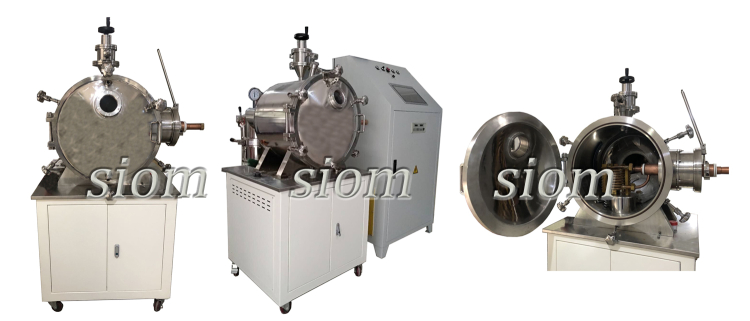
Experimental Furnace from Shanghai Institute of Optics and Fine Mechanics, Chinese Academy of Sciences - Quality Advantages:
Research team:Senior senior engineers, master of engineering and doctor of Shanghai Institute of Optics and Fine Mechanics of Chinese Academy of Sciences can jointly select experimental furnaces for your company and scientific research institutes, and senior designers can jointly design high-temperature furnaces.

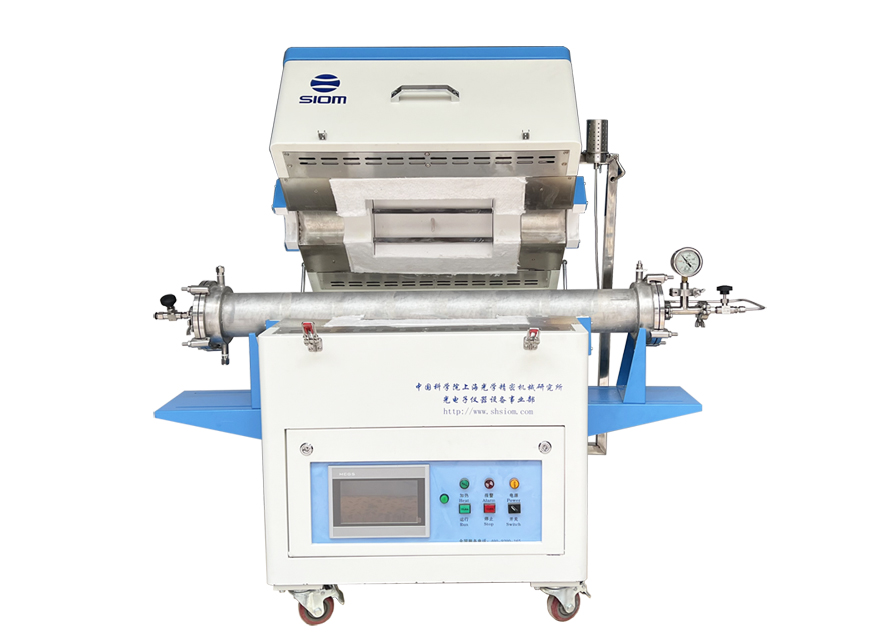 GL Tube-Type Furnace
GL Tube-Type Furnace
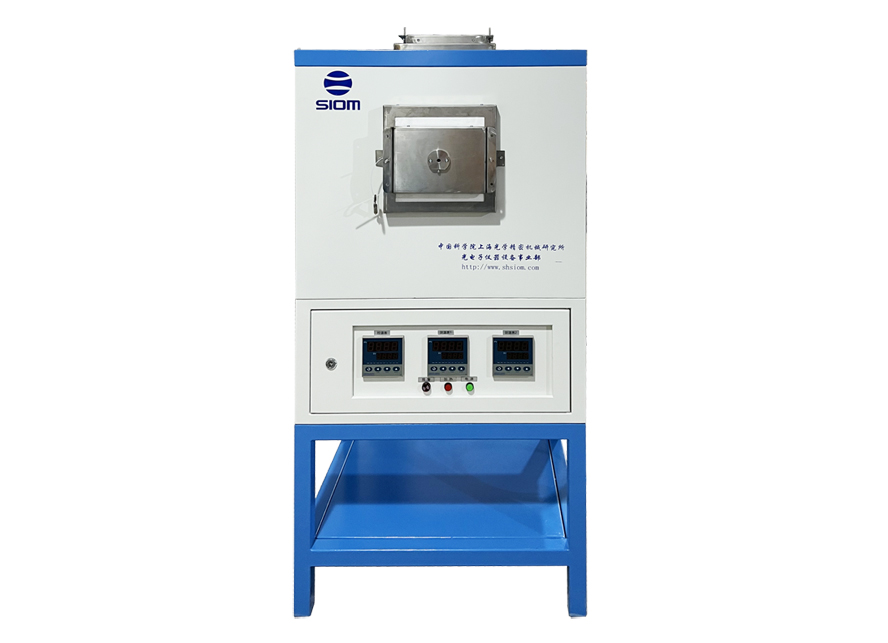 XL Box-Type Furnace
XL Box-Type Furnace
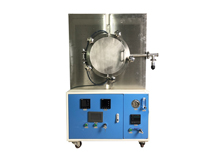 XQL Atmosphere Furnaces
XQL Atmosphere Furnaces
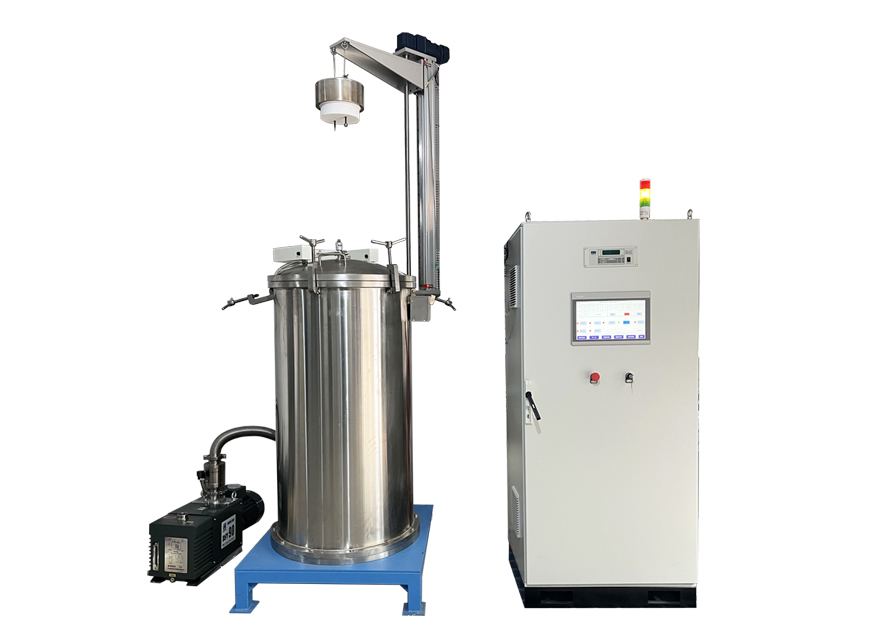 JSL Pit-Type Furnace
JSL Pit-Type Furnace
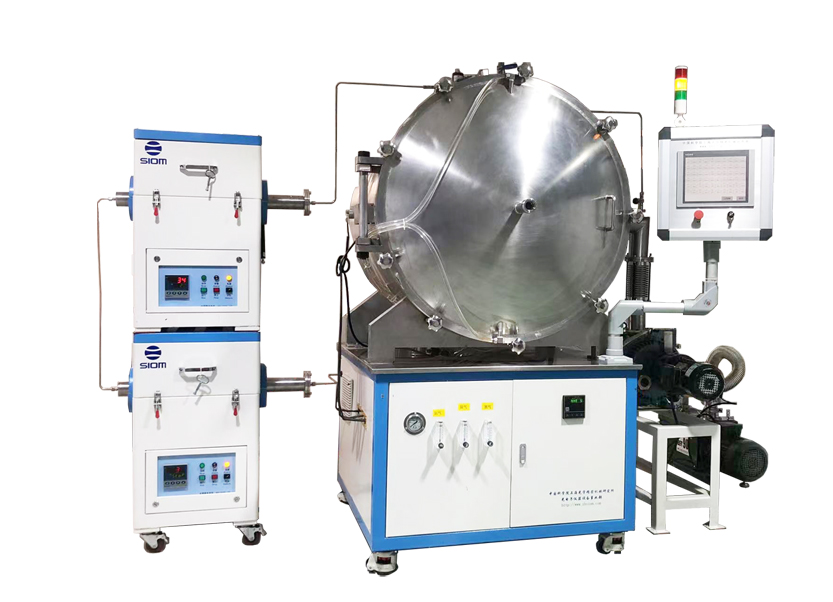 SJ Sintering Furnace
SJ Sintering Furnace
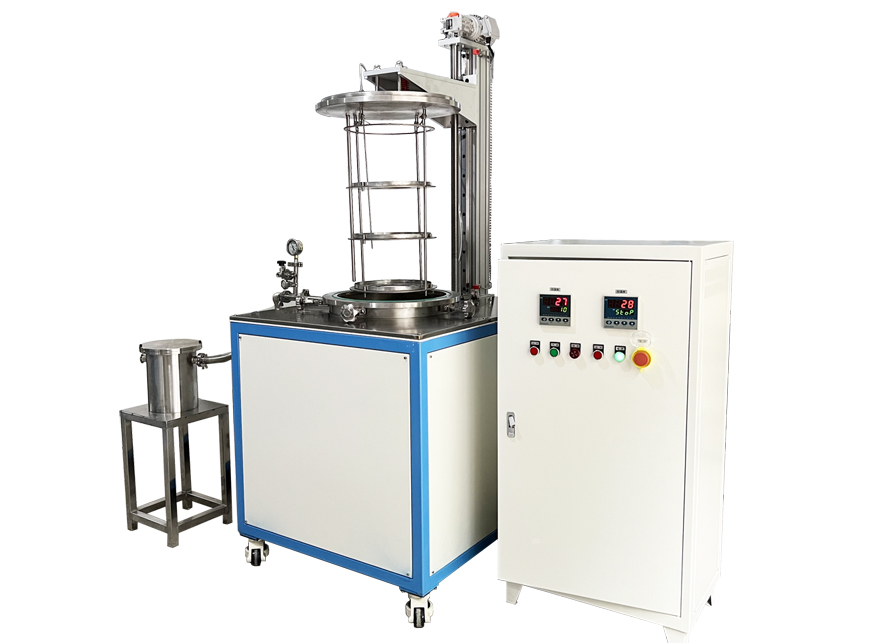 SJL Elevator Type Furnace
SJL Elevator Type Furnace
